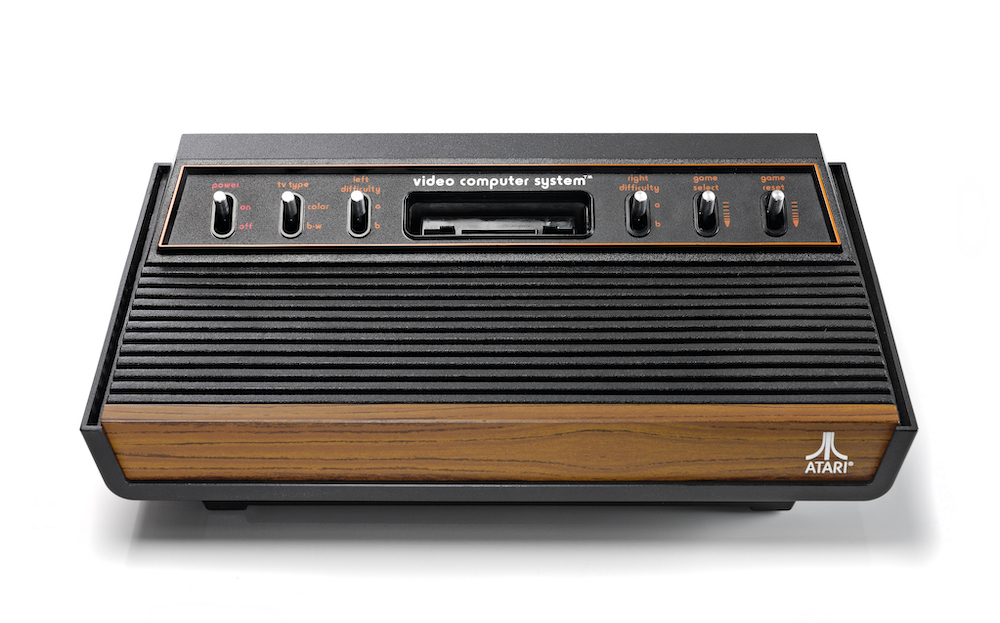It seems like there’s a real resurgence of interest in the old Atari 2600 again. I featured a restoration video in a Fun Friday article about a month ago. I have to feel like a lot of interest is due to the release of the Atari 50 collection. That software is available for several different game platforms and I urge you to check it out if you’re a gamer. It’s not just a collection of old games, it’s a whole history of the Atari experience. But that’s a review for a different day.
The specs were impossible
The Atari 2600 was a success because it had a very low price for its day. Its retail price of $179.99 may equate to about $900 now but that sounded like a real value compared to computers at the time. Thinking about it today, that’s about the price of a higher-end cell phone, and people don’t think twice about paying that.
For that, you got a central processor running at 1.19MHz, roughly 1/2000th of the speed of a modern gaming system. It only had one 8-bit core, as opposed to the eight 64-bit cores of a modern system. The memory was capped at a ridiculously low 128 bytes. That’s so low that many cartridges needed to come with extra memory just to run. The resolution was 40×192 in 4 colors. Compare that to today’s systems which run 4K at 16 million colors.
Obviously the games had to be a lot simpler, generally limited to 4096 numbers for their entire program. This meant that programmers had to be extremely innovative just to make anything happen.

(Photo by Neil Godwin/GamesMaster Magazine via Getty Images)
The first “GPU”
One of the things that made the Atari Video Computer System even possible was the amount of hardware support. A lot of the graphics processing was handled in hardware, which reduced a lot of the load on the main processor unit. Amazingly this was done with a minimum number of custom chips. Most of what you’ll find in an Atari is stuff that manufacturers already made. This meant costs could be lower because there wasn’t as much need for expensive development.
Hand manufacturing
Atari systems were built by hand, and that means that they’re actually easy to repair by hand. That’s one way in which the older systems are superior to new ones. There’s a small industry made of people who refurbish Ataris, and another industry made up of companies that provide replacement parts for them.
Of course, such a thing would be practically impossible today because of the level of miniaturization in today’s gaming systems.
Lead. Yes, seriously, big chunks of lead.
The laws about radio emissions from electronics were really strict in the 1970s. Little was known about the effect of this kind of radiation, so regulators tended to err on the side of caution. This means that the Atari system has most of its components inside a big heavy metal box. There’s not any sort of cooling, and the Atari itself doesn’t even have a fan. and yet it never overheated, which is pretty amazing. Of course everything was running a lot more slowly and that means a lot less wasted heat.
There’s a lot more to talk about…
It’s been nearly 50 years since the Atari Video Computer System hit the streets, and so a lot of people around today didn’t experience it firsthand. If your experience with video games dates to the 21st century, you’ll marvel at how primitive the system is, and yet how functional it is. The games are surprisingly fun, especially some of the ones from the early 1980s. If you want to experience this system, there are plenty of ways to do it, from standalone consoles to emulators for PCs.
If you want in a deeper dive, check out this video, “10 things you didn’t know about the Atari VCS.” It’s chock full of original interviews with the people who were really there.



